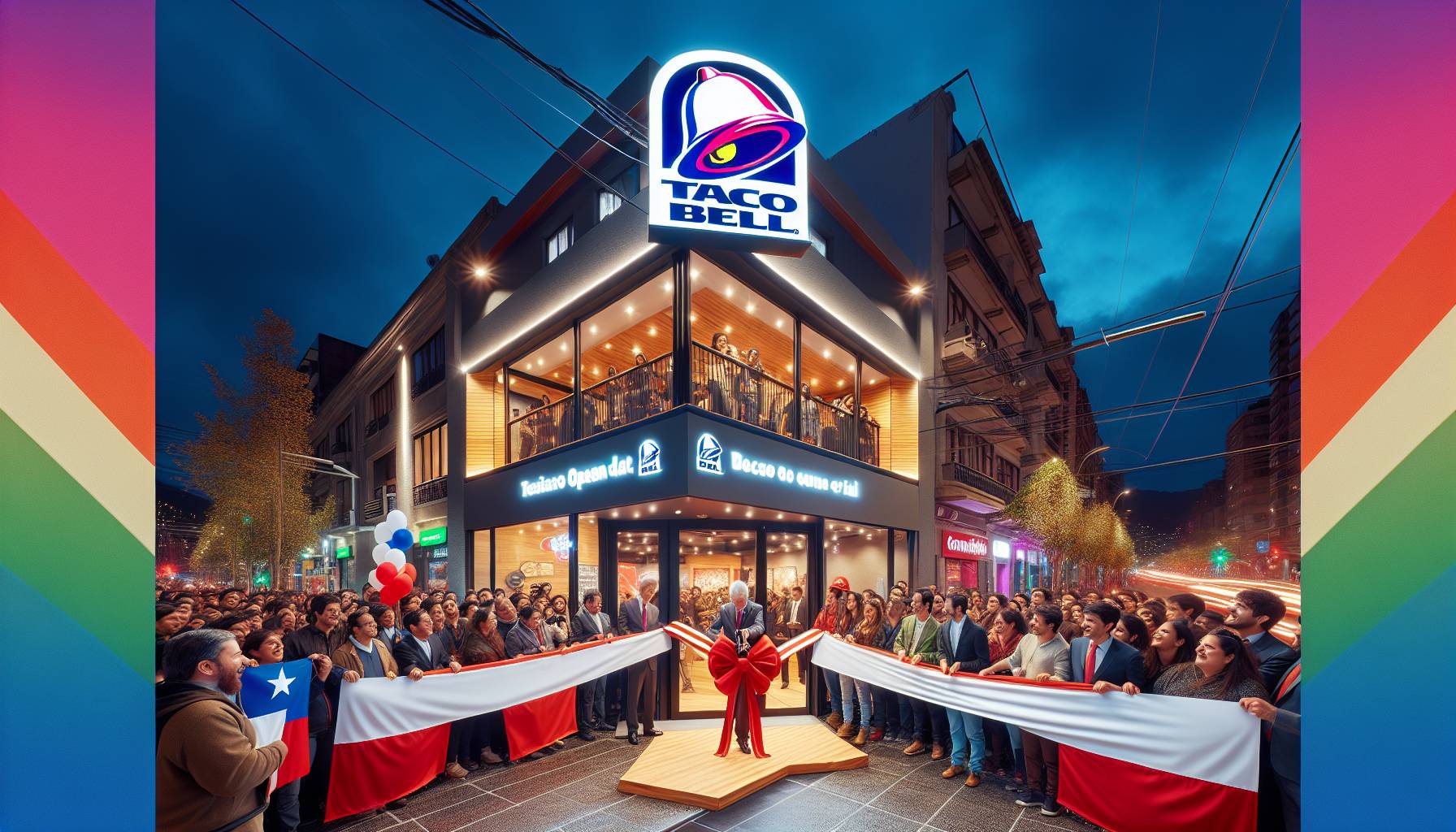
Costco’s strategy for fostering customer loyalty
Costco’s strategy for cultivating customer loyalty is intricately woven into its operational principles and remains a significant factor that sets it apart in the competitive retail sector. For consumers in Australia, this model provides an enticing combination of value, reliability, and consistency—qualities that gain importance in an era of rising living costs.
At the heart of Costco’s loyalty model is its subscription-based system. In contrast to conventional retailers, Costco mandates that shoppers pay an annual fee to shop in its warehouses. While this might initially appear to be a barrier, the model has successfully nurtured a sense of exclusivity and dedication. In 2023, the company increased its Gold Star membership fee from USD $60 to $65 and its Executive membership fee from USD $120 to $130. Even though this was the first fee hike in over seven years, membership renewals remained robust, suggesting that consumers still find considerable value in the service.
For Australian patrons, the allure lies in accessing bulk products at attractive prices, which can lead to substantial savings in the long run. This is especially pertinent in the current inflationary context, where family budgets face strain and consumers are diligently seeking methods to maximize their spending.
A pivotal element of Costco’s loyalty approach is its consumer-centric philosophy, evident in its lenient return policy. Unlike many retailers imposing strict restrictions, Costco permits returns on most items with minimal hassle. This policy not only alleviates buyer hesitation but also fosters long-term trust—an intangible asset that is crucial for retaining clientele.
In the Australian marketplace, where trust in major retailers can be tenuous, this strategy establishes a high standard. It communicates to consumers that their satisfaction is prioritized over fleeting profits, a sentiment that resonates strongly in a market where customer service often distinguishes competitors.
Costco’s food court also contributes subtly yet strategically to reinforcing loyalty. The persistent popularity of the $1.50 hot dog and soda combo is not merely a nostalgic touch—it’s a calculated effort to uphold a sense of value and reliability. These economical offerings enhance the overall shopping experience and provide a concrete reminder of the advantages of membership.
For Australian investors and retail analysts, Costco’s loyalty strategy offers a practical example of how to cultivate and sustain a loyal customer base in a cost-sensitive landscape. The company’s ability to balance operational effectiveness with customer satisfaction is vital to its enduring success and provides valuable lessons for local retailers facing similar market challenges.
Pricing hurdles and consumer perceptions
Costco’s pricing strategy, while generally well-regarded, faces its own set of challenges—especially in light of evolving consumer expectations and increasing operational expenses. In Australia, where cost-of-living concerns are paramount for many families, even small price changes can elicit strong consumer reactions. The recent uproar over the $6.99 price for the reintroduced hot turkey and provolone sandwich exemplifies this. Many members perceived the jump from the previous $3.99 price as excessive, particularly in contrast to the $4.99 rotisserie chicken, which still embodies Costco’s value proposition.
This feedback highlights a larger trend: Australian consumers are becoming more price-conscious, and their understanding of value is shifting. While Costco has established its reputation on bulk savings and low per-unit prices, the emotional response to food court pricing indicates that customers evaluate value not only in terms of quantity but also through the lens of fairness and consistency. When a sandwich is priced higher than an entire chicken, it challenges the internal logic many members associate with the Costco brand.
From a business standpoint, this creates a nuanced balancing act. On one hand, Costco must handle increasing input costs, including labor, logistics, and raw materials. On the other hand, it must retain the perception of value that supports its membership model. For Australian operations, this necessitates a keen awareness of local market sensitivities. What may be acceptable in the U.S. or Canada might not easily transfer to the Australian consumer mindset, where discretionary spending is scrutinized more closely.
Furthermore, the food court pricing debate carries implications beyond just the menu items. It acts as a gauge for how far Costco can push prices before risking the goodwill it has cultivated. While the $1.50 hot dog combo remains unchanged—a strategic choice CFO Gary Millerchip stated was intentional to protect brand equity—other items might not enjoy the same level of protection. This creates a potential vulnerability for Costco’s Australian operations, especially as it expands into new areas and aims to grow its membership base.
For local investors and retail strategists, the essential lesson here is that pricing power is not absolute—even for a highly trusted brand like Costco. The company’s aptitude for handling these challenges will rely on its responsiveness to consumer sentiment and its readiness to adapt its strategies to local conditions. Open communication, consistent value delivery, and strategic loss leaders will be crucial tools in preserving consumer trust while managing margin pressures.
In today’s economic environment, where Australian households are scrutinizing each dollar spent, retailers must be acutely aware of how pricing decisions are interpreted. Costco’s experiences serve as a timely reminder that value encompasses more than mere price—it also involves perception, trust, and the overall customer experience.

